Refine search
No keyword found to refine search
keywords EN
Places
Names
38 documents found
| 1 |
Documents per page :
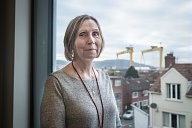
The British Gaelic
Olivier Donnars / Le Pictorium
LePictorium_0234416.jpg
Linda Ervine, a Protestant, founded the Turas Association in East Belfast, which offers courses and training programs in the Gaelic language to a Protestant audience in the heart of the British Quarter.
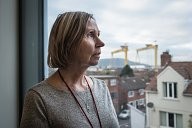
The British Gaelic
Olivier Donnars / Le Pictorium
LePictorium_0234417.jpg
Linda Ervine, a Protestant, founded the Turas Association in East Belfast, which offers courses and training programs in the Gaelic language to a Protestant audience in the heart of the British Quarter.
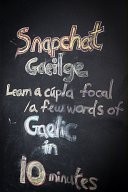
The British Gaelic
Olivier Donnars / Le Pictorium
LePictorium_0234418.jpg
In East Belfast, a predominantly Protestant city, the Turas Association offers courses and training programs in the Gaelic language to a Protestant audience.
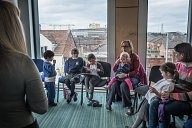
The British Gaelic
Olivier Donnars / Le Pictorium
LePictorium_0234419.jpg
Workshop for children in Gaelic-Irish language, in the premises of the Turas association, in Belfast-East, with a Protestant majority. The association offers courses and training programs in the Gaelic language to a Protestant public.
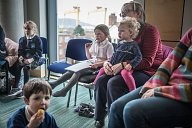
The British Gaelic
Olivier Donnars / Le Pictorium
LePictorium_0234420.jpg
Workshop for children in Gaelic-Irish language, in the premises of the Turas association, in Belfast-East, with a Protestant majority. The association offers courses and training programs in the Gaelic language to a Protestant public.
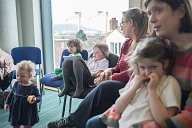
The British Gaelic
Olivier Donnars / Le Pictorium
LePictorium_0234421.jpg
Workshop for children in Gaelic-Irish language, in the premises of the Turas association, in Belfast-East, with a Protestant majority. The association offers courses and training programs in the Gaelic language to a Protestant public.
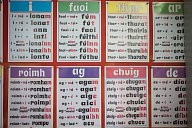
The British Gaelic
Olivier Donnars / Le Pictorium
LePictorium_0234422.jpg
Gaelic learning board. In East Belfast, a predominantly Protestant area, the Turas Association offers Gaelic language courses and training programs to a British Protestant audience.
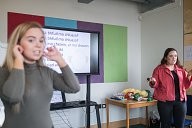
The British Gaelic
Olivier Donnars / Le Pictorium
LePictorium_0234423.jpg
Workshop for children in Gaelic-Irish language, in the premises of the Turas association, in Belfast-East, with a Protestant majority. The association offers courses and training programs in the Gaelic language to a Protestant public.
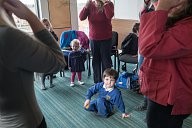
The British Gaelic
Olivier Donnars / Le Pictorium
LePictorium_0234424.jpg
Workshop for children in Gaelic-Irish language, in the premises of the Turas association, in Belfast-East, with a Protestant majority. The association offers courses and training programs in the Gaelic language to a Protestant public.
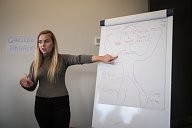
The British Gaelic
Olivier Donnars / Le Pictorium
LePictorium_0234425.jpg
Workshop for children in Gaelic-Irish language, in the premises of the Turas association, in Belfast-East, with a Protestant majority. The association offers courses and training programs in the Gaelic language to a Protestant public.
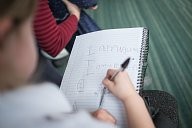
The British Gaelic
Olivier Donnars / Le Pictorium
LePictorium_0234426.jpg
Workshop for children in Gaelic-Irish language, in the premises of the Turas association, in Belfast-East, with a Protestant majority. The association offers courses and training programs in the Gaelic language to a Protestant public.
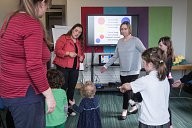
The British Gaelic
Olivier Donnars / Le Pictorium
LePictorium_0234427.jpg
Workshop for children in Gaelic-Irish language, in the premises of the Turas association, in Belfast-East, with a Protestant majority. The association offers courses and training programs in the Gaelic language to a Protestant public.
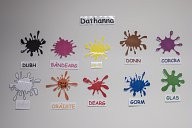
The British Gaelic
Olivier Donnars / Le Pictorium
LePictorium_0234428.jpg
Colour chart in Gaelic language. In East Belfast, with a Protestant majority, the Turas Association offers courses and training programs in Gaelic language to a Bretanic Protestant public.
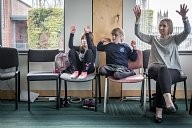
The British Gaelic
Olivier Donnars / Le Pictorium
LePictorium_0234429.jpg
Workshop for children in Gaelic-Irish language, in the premises of the Turas association, in Belfast-East, with a Protestant majority. The association offers courses and training programs in the Gaelic language to a Protestant public. On the right, its founder, Linda Ervine, a British Protestant who fell in love with Gaelic.
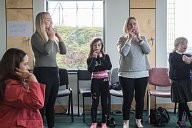
The British Gaelic
Olivier Donnars / Le Pictorium
LePictorium_0234430.jpg
Workshop for children in Gaelic-Irish language, in the premises of the Turas association, in Belfast-East, with a Protestant majority. The association offers courses and training programs in the Gaelic language to a Protestant public. On the right, its founder, Linda Ervine, a British Protestant who fell in love with Gaelic.
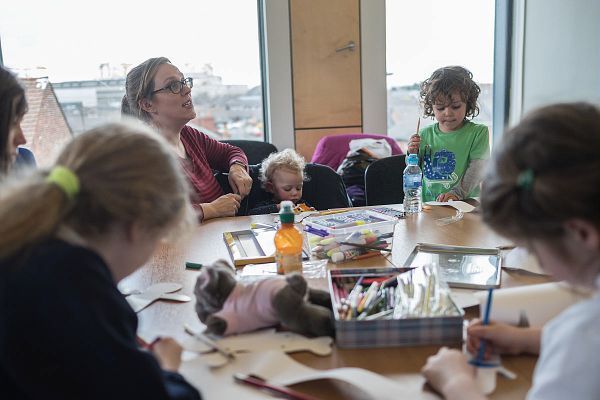
The British Gaelic
Olivier Donnars / Le Pictorium
LePictorium_0234431.jpg
Workshop for children in Gaelic-Irish language, in the premises of the Turas association, in Belfast-East, with a Protestant majority. The association offers courses and training programs in the Gaelic language to a Protestant public.
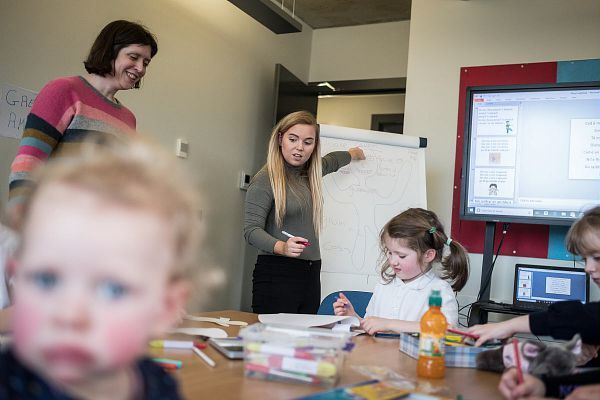
The British Gaelic
Olivier Donnars / Le Pictorium
LePictorium_0234432.jpg
Workshop for children in Gaelic-Irish language, in the premises of the Turas association, in Belfast-East, with a Protestant majority. The association offers courses and training programs in the Gaelic language to a Protestant public.
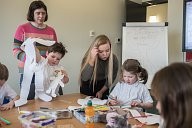
The British Gaelic
Olivier Donnars / Le Pictorium
LePictorium_0234433.jpg
Workshop for children in Gaelic-Irish language, in the premises of the Turas association, in Belfast-East, with a Protestant majority. The association offers courses and training programs in the Gaelic language to a Protestant public.
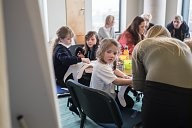
The British Gaelic
Olivier Donnars / Le Pictorium
LePictorium_0234434.jpg
Workshop for children in Gaelic-Irish language, in the premises of the Turas association, in Belfast-East, with a Protestant majority. The association offers courses and training programs in the Gaelic language to a Protestant public.
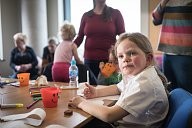
The British Gaelic
Olivier Donnars / Le Pictorium
LePictorium_0234435.jpg
Workshop for children in Gaelic-Irish language, in the premises of the Turas association, in Belfast-East, with a Protestant majority. The association offers courses and training programs in the Gaelic language to a Protestant public.
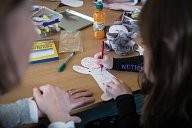
The British Gaelic
Olivier Donnars / Le Pictorium
LePictorium_0234436.jpg
Workshop for children in Gaelic-Irish language, in the premises of the Turas association, in Belfast-East, with a Protestant majority. The association offers courses and training programs in the Gaelic language to a Protestant public.
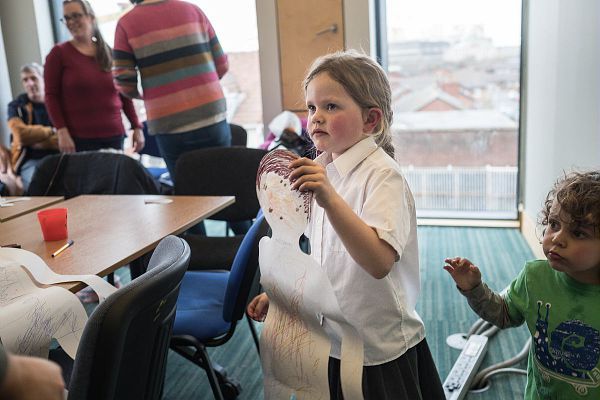
The British Gaelic
Olivier Donnars / Le Pictorium
LePictorium_0234437.jpg
Workshop for children in Gaelic-Irish language, in the premises of the Turas association, in Belfast-East, with a Protestant majority. The association offers courses and training programs in the Gaelic language to a Protestant public.
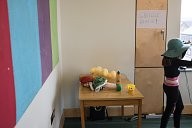
The British Gaelic
Olivier Donnars / Le Pictorium
LePictorium_0234438.jpg
Workshop for children in Gaelic-Irish language, in the premises of the Turas association, in Belfast-East, with a Protestant majority. The association offers courses and training programs in the Gaelic language to a Protestant public.
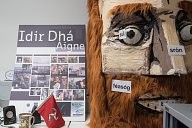
The British Gaelic
Olivier Donnars / Le Pictorium
LePictorium_0234439.jpg
Mask of the Irish St. Patrick's Day parade with inscriptions in Gaelic. In the predominantly Protestant east of Belfast, the Turas Association offers Gaelic language courses and training programmes to a British Protestant audience.
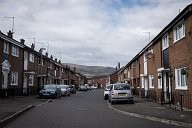
The walls of Belfast
Olivier Donnars / Le Pictorium
LePictorium_0205333.jpg
In the west of Belfast, in the Irish district of Clonard, the "wall of peace" separates Bombay street from the British district of Shankill. The rear of the houses have recently been screened to protect against possible explosive jets. In 1969, this street was completely burned by a crowd of Protestant Loyalists. In this northern Irish city, Brexit only revives the old wounds of the two communities, British and Irish, which continue to count their deaths in their respective neighbourhoods.
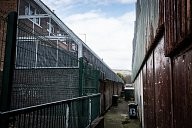
The walls of Belfast
Olivier Donnars / Le Pictorium
LePictorium_0205334.jpg
In the west of Belfast, in the Irish district of Clonard, the "wall of peace" separates Bombay street from the British district of Shankill. The backs of the houses have recently been screened to protect them from possible explosives. In 1969, this street was completely burned by a crowd of Protestant Loyalists. In this northern Irish city, Brexit only revives the old wounds of the two communities, British and Irish, which continue to count their deaths in their respective neighbourhoods.
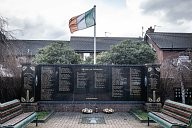
The walls of Belfast
Olivier Donnars / Le Pictorium
LePictorium_0205339.jpg
Remembrance garden set up for the victims of the Troubles, in the Irish district of Donore Donore Court in Belfast. In this northern Irish city, Brexit only revives the old wounds of the two communities, British and Irish, which continue to count their deaths in their respective neighbourhoods.
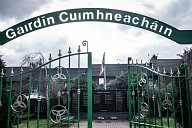
The walls of Belfast
Olivier Donnars / Le Pictorium
LePictorium_0205340.jpg
Remembrance garden set up for the victims of the Troubles, in the Irish district of Donore Donore Court in Belfast. In this northern Irish city, Brexit only revives the old wounds of the two communities, British and Irish, which continue to count their deaths in their respective neighbourhoods.
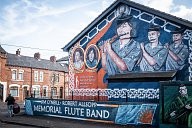
The walls of Belfast
Olivier Donnars / Le Pictorium
LePictorium_0205341.jpg
Mural painting in the Irish district of Donore Donore Court in Belfast. In this northern Irish city, Brexit only revives the old wounds of the two communities, British and Irish, which continue to count their deaths in their respective neighbourhoods.
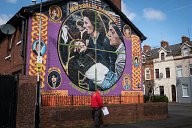
The walls of Belfast
Olivier Donnars / Le Pictorium
LePictorium_0205342.jpg
Mural painting in the Irish district of Donore Donore Court in Belfast. In this northern Irish city, Brexit only revives the old wounds of the two communities, British and Irish, which continue to count their deaths in their respective neighbourhoods.
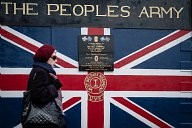
The walls of Belfast
Olivier Donnars / Le Pictorium
LePictorium_0205355.jpg
Mural fresco by the Ulster Volunteer Force (UVF), a Northern Irish paramilitary group, on Shankill Road, a British district in West Belfast. In this northern Irish city, Brexit only revives the old wounds of the two communities, British and Irish, which continue to count their deaths in their respective neighbourhoods.

The walls of Belfast
Olivier Donnars / Le Pictorium
LePictorium_0205357.jpg
In the British district of Shankill, a memorial erected at the site of the bomb blast by members of the Provisional IRA in the Bayardo bar frequented by members of the Ulster Volunteer Force (UVF) and civilians. In this northern Irish city, Brexit only revives the old wounds of the two communities, British and Irish, which continue to count their deaths in their respective neighbourhoods.
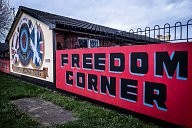
The walls of Belfast
Olivier Donnars / Le Pictorium
LePictorium_0205365.jpg
On Newtownards Road, in Belfast is predominantly British, the "freedom corner" is in fact a succession of mural paintings to the glory of the various loyalist and unionist paramilitary groups. In this northern Irish city, Brexit only revives the old wounds of the two communities, British and Irish, which continue to count their deaths in their respective neighbourhoods.
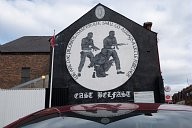
The walls of Belfast
Olivier Donnars / Le Pictorium
LePictorium_0205366.jpg
Mural fresco by the Ulster Volunteer Force (UVF), a Northern Irish paramilitary group, in East Belfast, which is predominantly British. In this northern Irish city, Brexit only revives the old wounds of the two communities, British and Irish, which continue to count their deaths in their respective neighbourhoods.
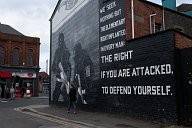
The walls of Belfast
Olivier Donnars / Le Pictorium
LePictorium_0205367.jpg
Mural painting by the Ulster Volunteer Force (UVF), a Northern Irish paramilitary group, in East Belfast, which is predominantly British. In this northern Irish city, Brexit only revives the old wounds of the two communities, British and Irish, which continue to count their deaths in their respective neighbourhoods.
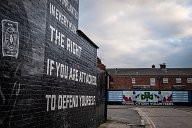
The walls of Belfast
Olivier Donnars / Le Pictorium
LePictorium_0205368.jpg
Mural painting by the Ulster Volunteer Force (UVF), a Northern Irish paramilitary group, in East Belfast, which is predominantly British. In this northern Irish city, Brexit only revives the old wounds of the two communities, British and Irish, which continue to count their deaths in their respective neighbourhoods.
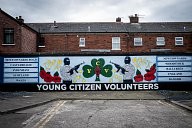
The walls of Belfast
Olivier Donnars / Le Pictorium
LePictorium_0205369.jpg
Mural fresco of the Young citizen volunteers, a youth organization of the Ulster Volunteer Force (UVF), a Northern Irish paramilitary group, in East Belfast, which is predominantly British. In this northern Irish city, Brexit only revives the old wounds of the two communities, British and Irish, which continue to count their deaths in their respective neighbourhoods.
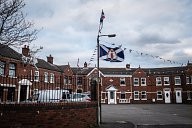
The walls of Belfast
Olivier Donnars / Le Pictorium
LePictorium_0205370.jpg
A flag of the red hand of Ulster, symbol of the Loyalists, floats in a predominantly British district of East Belfast. In this northern Irish city, Brexit only revives the old wounds of the two communities, British and Irish, which continue to count their deaths in their respective neighbourhoods.
